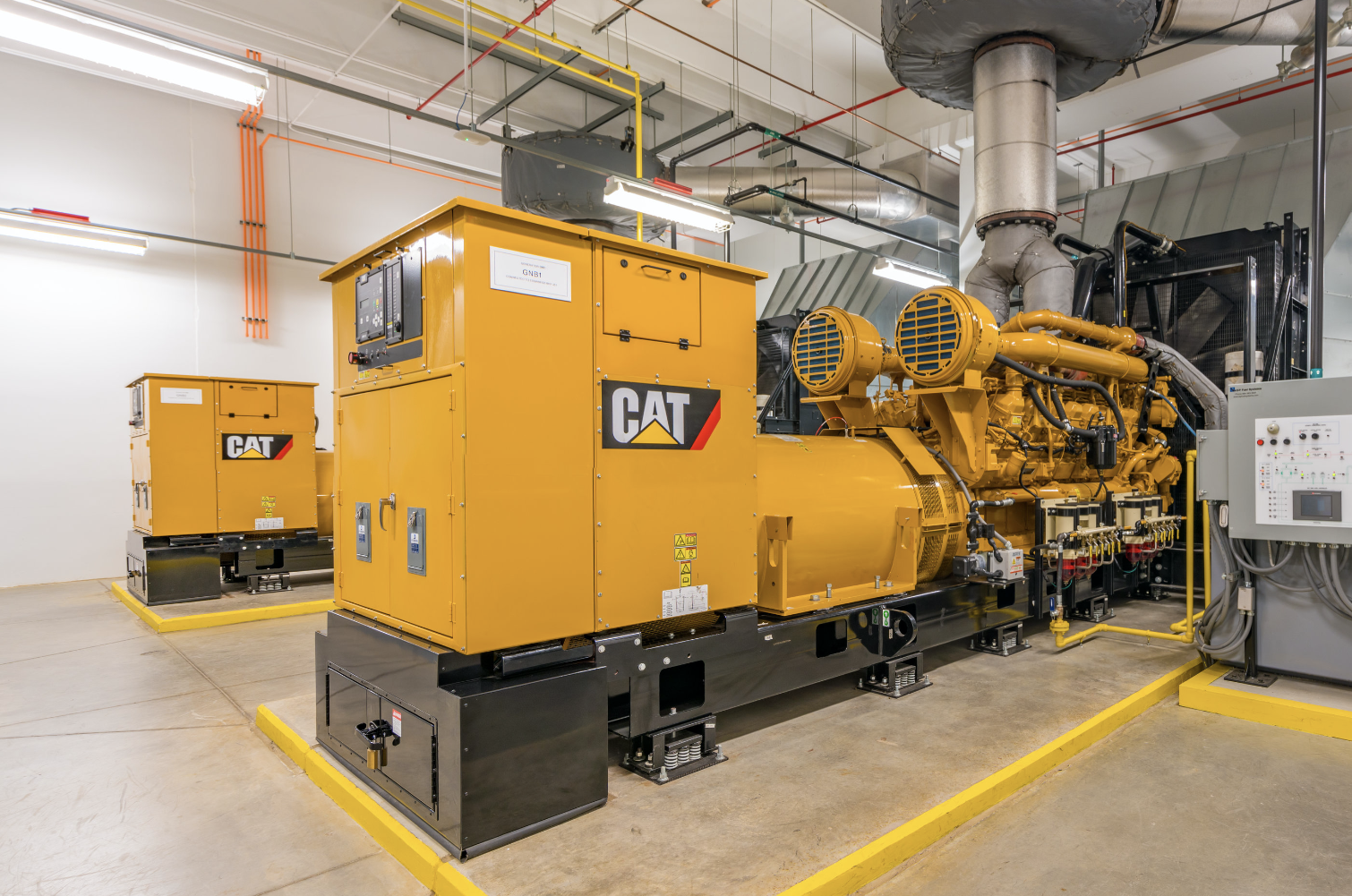How Can Data Center Operators Deliver Faster?

Despite pandemic-level impacts on global business, spending on cloud infrastructure hasn’t slowed, moving past $30 billion in the second quarter of 2020, according to the Synergy Research Group. Data centers are at the core of that demand, supplying cloud providers with power and cooling capacity to a growing list of regions around the world. To support accelerating cloud investment and the delivery speed these cloud providers expect, data center planning can’t just be about space and power in the development pipeline. It’s now a horse race, where the speed of data center deployment matters more than ever, and faster delivery makes the difference.
Accelerating construction and delivery isn’t an easy task. Timelines are built around permitting requirements, labor availability and managing the logistics of critical IT, electrical and HVAC equipment. In a business climate where contracts are given to the data center who can deliver faster, providers need to expand beyond traditional delivery models. Enter the strategic supply chain.
Strategic Sourcing for Strategic Speed.
The data center is a nexus point between a number of important supply chain optimizations and standardizations for server, network, electrical and HVAC equipment creating the ability to rapidly deploy production capacity. The strategic supply chain is a programmatic, long-term approach to the data center supply chain that uses relationships, manufacturing processes and design standardization to create efficiencies. Here are some of those supply chain strategies for accelerated data center deployment and delivery:
OFCI to the Rescue: An Owner-furnished, Contractor-installed (OFCI) model shifts responsibility for procurement and delivery of critical electrical and HVAC equipment from a project’s general contractor to the data center owner. This allows the data center owner to shift conversations with equipment vendors from a tactical, project-level procurement exercise to a strategic, portfolio-level, partnership conversation. Creating economies of scale also improves both equipment delivery lead times and cost. Combining a standardized basis of design and this partnership concept allows the data center owner to work closely with equipment vendors to pre-position standardized materials for deployment to any region in the owner’s portfolio, creating just-in-time capacity delivery of a repeatable data center product.
Modular Makeovers: Modular construction extends the concept of supply chain pre-positioning beyond just critical electrical and HVAC equipment and into the building itself. Defining the building as a number of functional subsets (making it modular) allows data center owners to carve scope out of onsite construction and move it to offsite fabricators. Pre-fabricating a standard modular structure and integrating it with standard critical IT, electrical or mechanical equipment in a manufacturing setting allows those modules to be pre-positioned for deployment to any region in a data center owner’s portfolio at a fraction of the time. This also reduces on-site labor, shortening capacity delivery times and creating more predictable product quality.
Hyperscale Goes Wholesale: While data center owners typically work directly with electrical and HVAC vendors, large cloud providers reach deep into their server and network equipment supply chain for efficiencies, an area traditionally dominated by original equipment manufacturers (OEMs). Bypassing OEMs and working directly with the server and network original design manufacturers (ODMs) allows the cloud provider buyer to develop standardized, purpose-built network and server equipment, and results in server and network equipment pricing without OEM markup and costly features the cloud provider doesn’t use. With standard server and network equipment design, cloud providers can accelerate equipment installation into their racks, which are already pre-positioned in a central location, and ready to be deployed to any of the cloud provider’s regions. Once the region is selected and the racks roll off of the trucks and onto the data center floor, they are plugged into power and network, triggering an automated provisioning process that starts with the top of rack switch and ends with servers ready to take customer traffic. Strategic vendor and manufacturer relationships allow for this pre-positioning and economies of scale cost savings to stretch across multiple regions in a data center owners portfolio. Shifting onsite construction and deployment scope to offsite manufacturing facilities reduces onsite labor, improves delivery time and increases consistency of quality.
Stitching these approaches together to gain more strategic control over the supply chain means cloud providers can automate more processes, including the provisioning of network and server equipment. All of these improve data center capacity lead times by months.
The right approach makes faster data center delivery possible
The data center industry shows no signs of deceleration. Abrupt increases in work-from-home strategies; growing demand for workload- and data-intensive machine learning and AI-driven solutions and the continued surge in video-based content distribution are forcing data centers to keep up. Getting new data centers up and running in a timely, cost-efficient matter is vitally important to help businesses take advantage of the accelerating digital revolution. In this business, speed wins. And with the right approach and planning, that’s a readily achievable goal.
-Tim Hughes, Director of Strategy, STACK INFRASTRUCTURE
February 9, 2021




